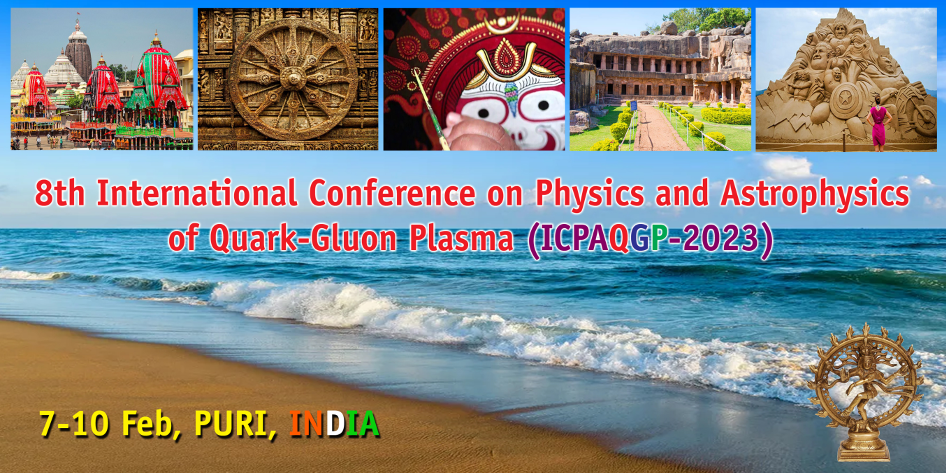Speaker
Description
We demonstrate high prediction accuracy of three important properties that determine the initial geometry of the heavy-ion collision (HIC) experiments by using supervised machine learning (ML) methods. These properties are the impact parameter, the eccentricity, and the participant eccentricity. Although ML techniques have been used previously to determine the impact parameter of these collisions, we study multiple ML algorithms, their error spectrum, and sampling methods using exhaustive parameter scans and ablation studies to determine a combination of efficient algorithm and tuned training set. This gives multifold improvement in accuracy for all three different heavy-ion collision models. The three models chosen are a transport model, a hydrodynamic model, and a hybrid model. The motivation for using three different heavy-ion collision models was to show that even if the model is trained using a transport model, it gives accurate results for a hydrodynamic model as well as a hybrid model. We show that the accuracy of the impact-parameter prediction depends on the centrality of the collision. With the standard application of ML training methods, prediction accuracy is considerably low for central collisions. We have improved the accuracy by using different sampling techniques. We discuss how the errors can be minimized and the accuracy can be improved to a great extent in all the ranges of impact parameter and eccentricity predictions

